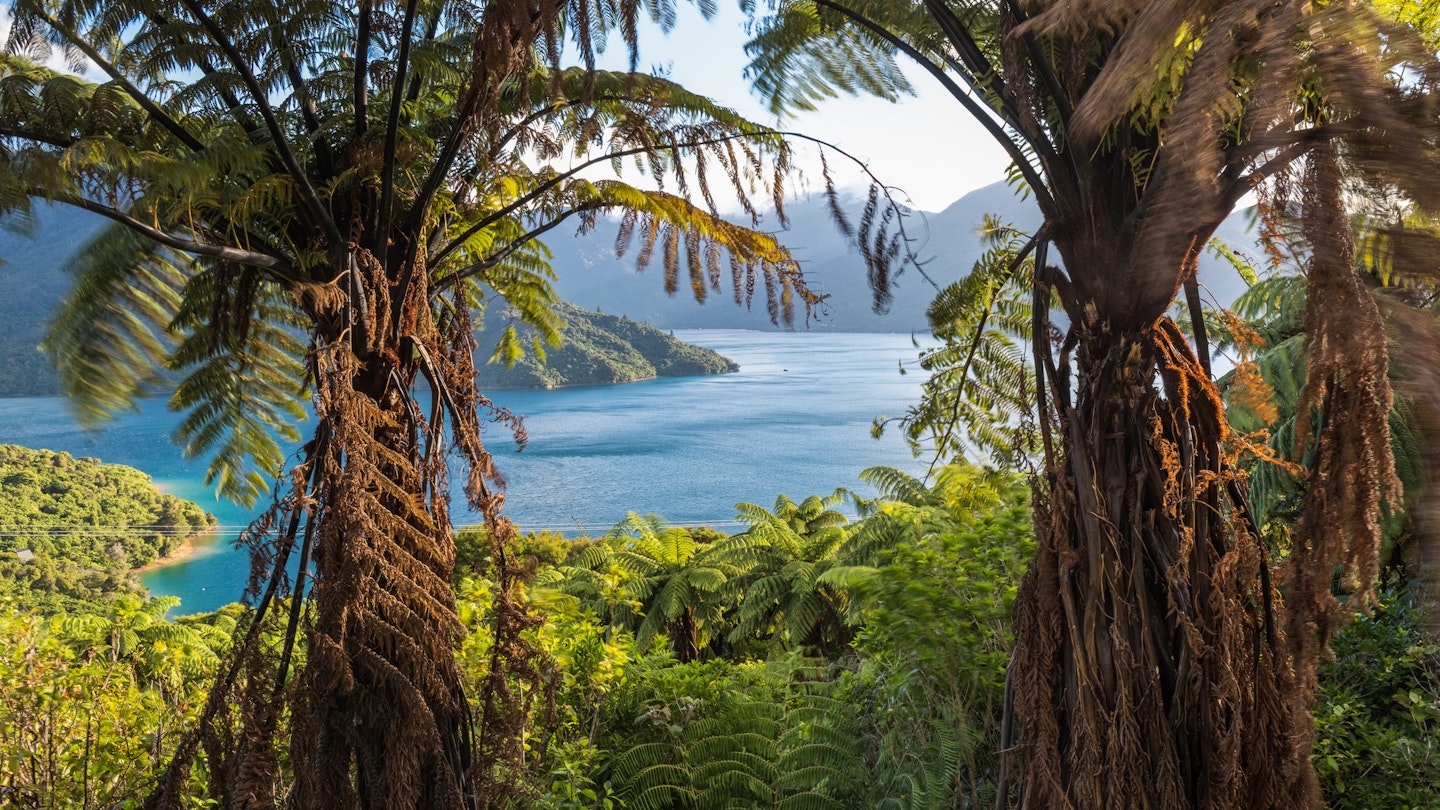Exploring Zealandia: The Eighth Continent
Ever since powered flight joined cartography to provide an accurate picture of our lonely blue globe, the accepted wisdom has been that there are seven continents: Asia, Africa, North America, South America, Europe, Australia, and Antarctica.
What if your school teachings were actually misleading? There is now compelling evidence suggesting there’s an eighth continent, mostly submerged under the ocean—and no, it’s not the lost city of Atlantis. It’s called Zealandia.

Approximately the size and shape of Greenland, Zealandia (also called Tasmantis, which admittedly sounds a bit more like Atlantis) is about 3.5 million square kilometers (1.35 million square miles). It broke away from the ancient supercontinent Gondwanaland in the early Jurassic period, then later separated from Antarctica and finally parted ways with Australia about 23 million years ago, similar to an iceberg calving from the Amery Ice Shelf.
Today, this eighth continent is 93 percent underwater; therefore, unless you’re a mermaid, the only way to explore it is by traveling to the South Pacific and visiting its unique islands. These islands are separated by vast oceans but connected beneath the sea, forming the visible part of Zealandia.

New Zealand
The obvious first—and namesake—destination if you aspire to make landfall on the enigmatic continent of Zealandia is New Zealand. This country is home to the vast majority of Zealandia’s human inhabitants and happens to be one of the most desirable travel locations on Earth, equipped with extensive tourism infrastructure.
While flying into Auckland, you may glimpse a city built on a landmass formed by 50 volcanoes. Across both the North and South Islands, you can explore landscapes characterized by their volcanic origins, primordial forests, and distinctive wildlife. However, for the best insight into this lost continent, consider visiting Stewart Island/Rakiura, New Zealand’s third-largest island located just across Foveaux Strait from the southernmost tip of the South Island.
Stewart Island has only one small settlement in the town of Oban (with a human population of about 400), while the rest of its 1570 square kilometers is protected as a national park. From the sea-pounded cliffs on the west to the sheltered harbors where you can sail, kayak, and bird-watch on the eastern side—Stewart Island is blanketed with podocarp (Southern conifers) and hardwood trees, including the slow-growing rimu, the kahikatea (also known as dinosaur trees), and ancient forest giants like the tōtara. Meanwhile, New Zealand’s mainland is likewise rich with natural Zealandia landscapes, some of which remain volcanically active. For those keen to avoid crowds, making the effort to tour Stewart Island can be immensely rewarding.

Norfolk Island
Is Norfolk Island part of Zealandia or an external territory of Australia? This question remains open to interpretation. Once a British penal colony, this windswept island is primarily populated by descendants of HMS Bounty mutineers. It boasts its own language, Norf’k (also known as Norfuk), a blend of 18th-century English and Tahitian, along with unique customs and its own flag. Despite its proud history and self-sufficiency (there are no traffic lights or fast-food chains here), the Australian government abolished the Norfolk Island Legislative Assembly in June 2015, placing the island under the management of New South Wales—a decision that has not been well-received.
A 79-year-old islander, Albert Buffett, has escalated the issue to the United Nations, advocating for the islanders who he claims have been disenfranchised without consultation. However, Australia has countered this by stating that “there are no indigenous peoples of Norfolk Island,” claiming that the appeal is emotional and filled with factual inaccuracies. This debate continues to unfold.
For now, travelers making their way to this small outcrop of what is geographically, if not politically, Zealandian will discover a beautiful island scattered with convict- and colonial-era relics, interwoven with walking trails, and surrounded by vibrant coral reefs. It can be reached by a two-hour flight from Sydney or Brisbane.

New Caledonia
Encircled by a UNESCO-protected aquamarine lagoon, New Caledonia’s principal island of Grand Terre is divided by a mountainous region of ancient Zealandian rock. This small 18,500 square kilometer (7142.8 square mile) outpost in the southwest Pacific is a paradise offering tropical vegetation, sandy beaches, exceptional diving, and an abundance of resorts and bungalows.
Similar to Norfolk Island, New Caledonia is an ex-penal colony currently designated as a French national territory. While its independence movement has yet to gain the necessary support for separation from France, a new referendum will take place in September 2020. Regardless of the political climate, most visitors will likely arrive in the capital, Nouméa, via flights from Australia or New Zealand.
The landscapes of New Caledonia hint at Zealandia’s geological history, showcasing tall conifers like the New Caledonia sickle pine, red-leaf palms, and giant ferns. The cyatheaceae—known as the world’s largest tree fern—can reach heights of over 20 meters (65 feet) and bears the largest leaves in the plant kingdom.
This flora is believed to have roots tracing back to the carboniferous swamps that covered New Caledonia approximately 275 million years ago. Interestingly, some of the indigenous Kanak languages refer to tree ferns as ‘the beginning of the country of men’, narrating a creation mythology that suggests the first humans emerged from hollow tree-fern trunks.
Visiting Zealandia
As the debate continues among the inhabitants of these diverse lands, geologists have uncovered substantial evidence supporting the classification of Zealandia as an eighth continent. The necessary criteria for being recognized as a continent include being large, physically distinct, surrounded by water, and exhibiting geological homogeneity to some degree.
Zealandia satisfies most of these criteria. What makes it particularly fascinating is that this continent is primarily submerged beneath the South Pacific. If you travel to New Zealand, New Caledonia, or Norfolk Island, you have the opportunity to explore these exposed landmasses that provide a glimpse into Zealandia—certainly a worthy addition to your travel itinerary, knowing you’re merely observing the tip of an enormous, submerged iceberg.





